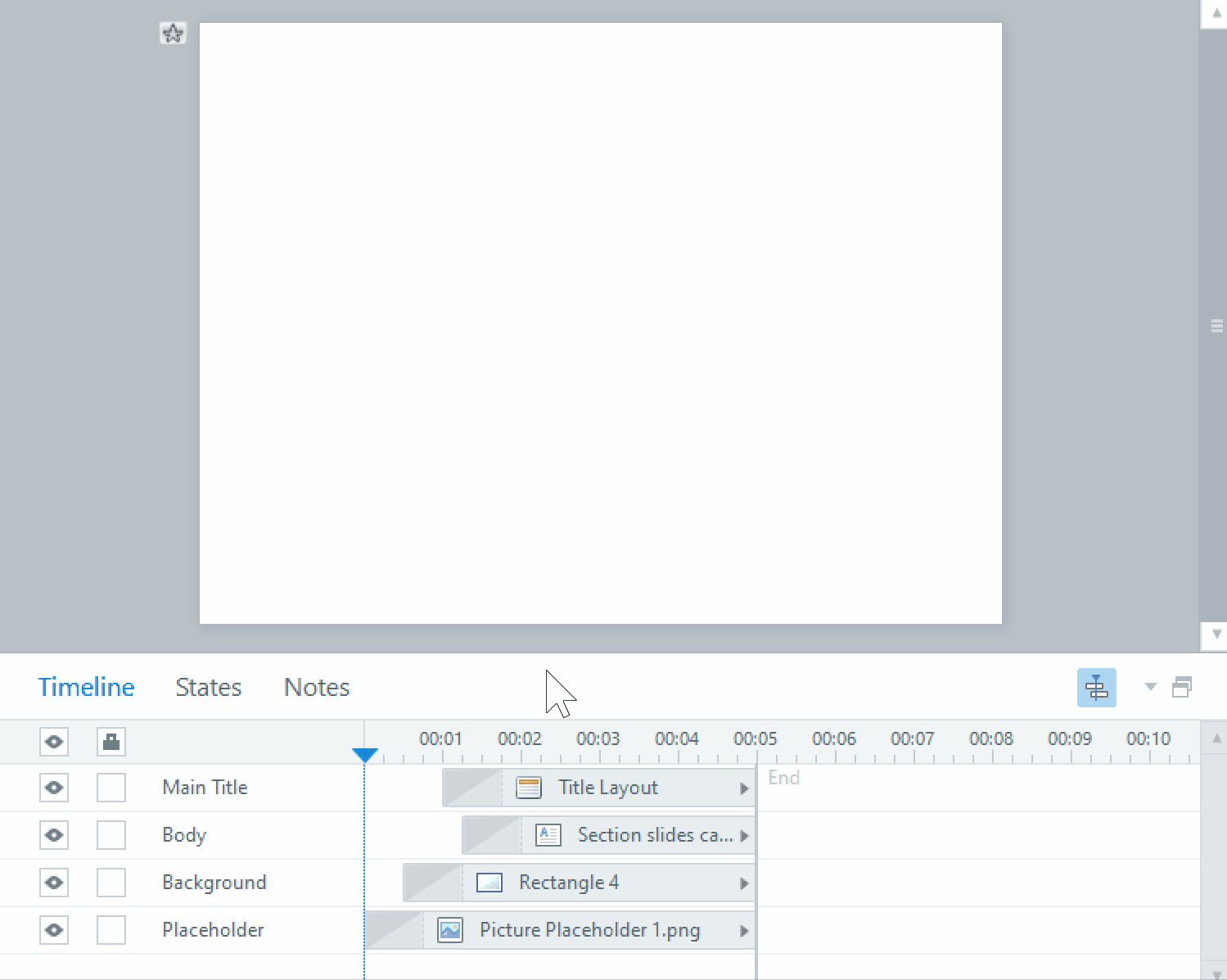Our creation process for animated elearning videos

Whiteboard animations are short videos where ideas and words are drawn on a blank white background. They make a great addition to your elearning, as another way to ensure learning engagement and to deliver content, without the hassle of sourcing actors and filming live video, or the time investment in creating full animation.
Whiteboard animation is a distinctive and affordable alternative to producing the other two types of videos. They have a clean but also informal look that helps your content stand out from the rest of the eLearning out there!
To create your whiteboard animation, the process is very similar to producing any other video content: you need to work out the plotline, the visuals, and the audio.
Scripting
Before you start, you need a script. Your script must identify the essential learning points of the video that you wish to share – and key concepts must be presented in simple terms. Remember, even though your whiteboard story is short, it needs to be a complete story, with a beginning, middle and end. If your script flows well, it will help your learners understand the concepts being taught. At the same time, this step will also work out what will be said in the voiceover, if there is one.
Storyboarding
In this step, you start roughing out ideas on how to illustrate the points in your script. You also start thinking about how many scenes you need to get your message across. Whiteboard animation is unique in that it consists of several still animations being progressively created, so think of your scenes in terms of complete, separate pictures that will be drawn in one piece at a time.
Ideally, your animation should have minimal text, so use words sparingly. The storyboard will also determine how long your video will be, and it should set the pace of image-transitions on the video. Typically, whiteboard animations are short (anywhere from 60 seconds to 5 minutes).
Audio
Audio is an important accompaniment to the illustrations in a whiteboard animation. In the absence of on-screen text, the voiceover describes the ideas and concept in detail.
Putting it all together
We use Vyond to animate, so this means choosing the style and assets that will go into the video. All of the characters in Vyond come with a huge library of preset animations, so their movements will also have to be chosen to coordinate with the audio. Once the voiceover and music are imported, the video can be split into scenes based on how long each part of the audio needs to sync with an animation. Onscreen text, scene transitions and other moving parts are also synced to really bring the animation to life.
















